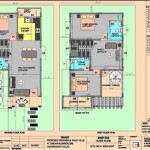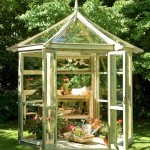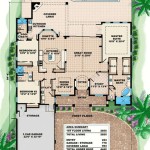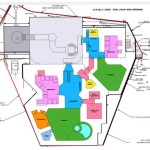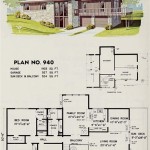Essential Aspects of Pigeon House Building Plans
Building a pigeon house requires careful planning and attention to detail. A well-designed pigeon house provides a safe and comfortable environment for your birds, while also promoting their health and well-being. Here are a few essential aspects to consider when creating your pigeon house building plans:
1. Size and Dimensions
The size of your pigeon house will depend on the number of birds you plan to keep. As a general rule, each pair of pigeons requires approximately 1 cubic meter of space. The height of the pigeon house should be at least 2 meters, to allow for proper ventilation. The floor area should be large enough for the birds to move around comfortably, but not so large that they become isolated.
2. Location and Orientation
The location of your pigeon house is important for both the birds and the surrounding environment. Choose a site that is sheltered from the wind and rain, and that receives plenty of sunlight. Avoid placing the pigeon house near trees or other structures that could obstruct the airflow. The entrance to the pigeon house should face east or south, to catch the morning sun.
3. Ventilation
Proper ventilation is essential for maintaining a healthy environment inside the pigeon house. Provide plenty of ventilation openings, both near the floor and the ceiling. The openings should be screened to prevent predators from entering the pigeon house. You may also want to install a fan or exhaust system to help circulate the air.
4. Nesting Boxes
Nesting boxes are essential for providing your pigeons with a place to lay their eggs and raise their young. The nesting boxes should be approximately 30 cm x 30 cm x 30 cm in size, and they should be placed on the floor of the pigeon house. You can purchase nesting boxes or build your own using plywood or other materials.
5. Perches
Perches are important for providing your pigeons with a place to rest and roost. The perches should be made of a non-porous material, such as wood or plastic, and they should be placed at different heights inside the pigeon house. The perches should be wide enough for the birds to stand on comfortably, but not so wide that they can't grip them properly.
6. Feeders and Waterers
Feeders and waterers are essential for providing your pigeons with food and water. The feeders and waterers should be placed in a location that is easy for the birds to access, and they should be kept clean and filled at all times. You can purchase feeders and waterers or build your own using a variety of materials.
7. Cleaning and Maintenance
Regular cleaning and maintenance are essential for keeping your pigeon house in good condition. The pigeon house should be cleaned weekly, and the nesting boxes should be disinfected monthly. You should also inspect the pigeon house regularly for any signs of damage or wear and tear.
By following these essential aspects, you can create a pigeon house building plan that will provide your birds with a safe and comfortable environment for many years to come.
Printable Plans For A Pigeon House Loft Design

How To Build A Pigeon House Coop Plans Printed Copy

Pigeonbasics Com Articles The Loft And Its Fittings Chapter 2

Free Pigeon House Plans All From Stan S

Introductory Loft Challenge Page 13 Pigeon Talk Design Cage

Kate S Pigeon Loft From Plans Evansville Na The Garden Coop

Kate S Pigeon Loft From Plans Evansville Na The Garden Coop

Basic Loft Design

Artificial Breeding Facilities Dovecotes Pigeon Lofts Pcrc

Kate S Pigeon Loft From Plans Evansville Na The Garden Coop

